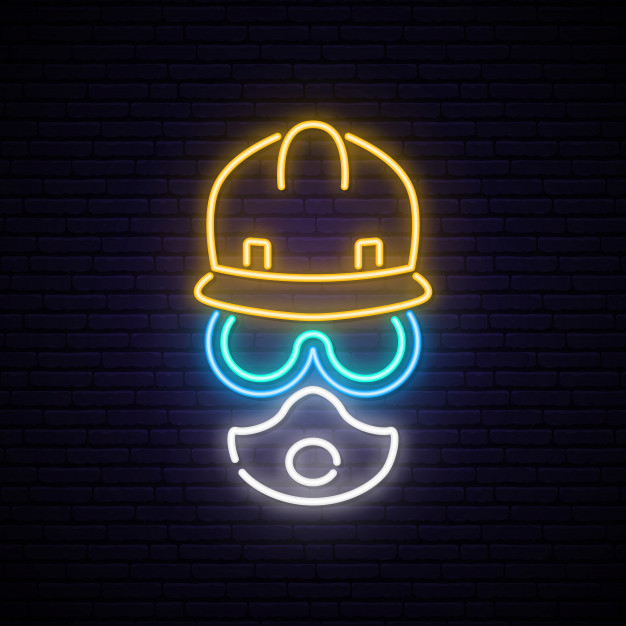The core industries are one of the staples of the US economy and so employ many workers to help to complete complex tasks. However, these tasks are often manual and involve a lot of physical work in conditions that can put employees at risk. There is now new hope for looking towards a safer working environment for employees though, with many improvements leading the way for improved health and safety in industrial workplaces.

What are the risks of working in the core industries?
- Exposure to chemicals and toxins, such as asbestos and gas, can lead to workers contracting a number of work-related illnesses such as asbestosis and poisoning, which can prove to be fatal or affect their long-term health. The exposure to these chemicals can also result in eye injuries, which can cause you to become blind or have impaired sight for the rest of your life. Eye injuries qualify for workers’ compensation, and you should always seek legal help if you are subject to this type of injury, among others.
- Working with heavy machinery can prove to be dangerous if employees have not received the correct training, and can lead to the loss of limbs and other accidents that workplaces are unprepared for.
- There is also the risk of explosions in industries such as coal and oil as employees will be exposed to flammable material and ignition sources, and there is also the possibility that fires could be caused by vehicle vapours too.
What improvements have been made to health and safety?
- With the evolution of technology, there is now starting to be more focus on adapting wearable technology to suit the needs of employees working in potentially dangerous environments. Smart personal protective equipment, used in official research, includes items such as smart helmets; which check temperature, oxygen in the blood, and your heart rate as you work, alerting you to any problems with your body. They also include products such as smart glasses, which allow you to send video recordings to your employer if there is a situation you are not comfortable with.
- Clothing is also starting to be adapted to enable the use of sensors to detect chemicals, gases, and excess heat while employees are working underground, as well as monitors which can track an employee’s exhaustion levels. Much of the clothing worn by employees has also started to be embedded with location sensors which can monitor where each employee is, and discern when there may be a problem, which can be especially useful in the mining industries.
- Not only this, but the new focus on robotics has allowed artificial intelligence and robots to complete and automate tasks that humans may find dangerous or may struggle to complete effectively. As well as preventing injuries and making the core industries safer through completing these tasks, robots are also incredibly time-saving and can also contribute to other parts of the process, such as automating assembly lines. They are also able to operate machinery that can cause harm to untrained employees.
